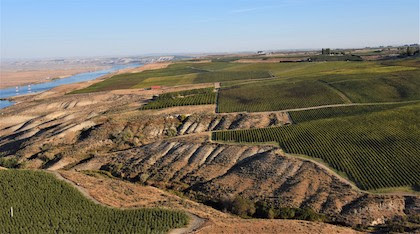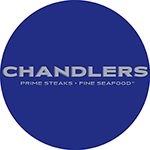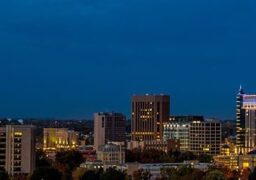
Image courtesy of Kent Waliser of Sagemoor Vineyards.
Washington Wine Country Adds Two American Viticultural Areas!
Washington wine country has two new American Viticultural Areas (AVAs). The Alcohol and Tobacco Tax and Trade Bureau (TTB) will publish the final rules for White Bluffs and The Burn of Columbia Valley, in the month of June, to officially define them each as designated wine grape-growing regions.
“We have been anxiously awaiting these new AVAs, and are looking forward to seeing their names on wine labels moving forward,” said Steve Warner, President of the Washington State Wine Commission. “For Washington to be home to 18 AVAs, with more coming soon, is a tremendous sign of growth. It’s a very exciting time for the wine grape growers and winemakers who work with these acclaimed regions.”
To qualify as an AVA, a wine grape-growing region must be distinguishable by features such as climate, soil, elevation, and physical features. Beginning on July 19, 2021, wineries may submit a Certificate of Label Approval (COLA) request to the TTB for a label using the new AVA names as an appellation of origin.
Summary of distinguishing features:
|
White Bluffs |
The Burn of Columbia Valley |
| On a plateau, added elevation protects the vines from cold air on the valley floor and extends the growing season. | Slower heat accumulation equates to extended hang time, allowing more flavor to develop over a longer growing season and more acid retention. |
| Unlike most areas of the Columbia Valley, there is no basalt bedrock within reach of vine roots. | Slightly more precipitation on average, and soils with a higher moisture-holding capacity. |
|
Multiple vineyards with 40+ years of age, most planted on bluffs. |
Persistent winds from the Gorge slow grape development. |
The White Bluffs AVA is a total of 93,738 acres, wholly within the Columbia Valley AVA. It is centrally located within the Columbia Valley, north of the Tri-Cities.
“White Bluffs is defined by great old vineyards that have a stellar reputation for producing fine wines,” said Kevin Pogue Ph.D., who wrote the AVA petition for White Bluffs. “With ample irrigation from the Columbia Basin Project, there's plenty of room for expansion.”
The defining characteristics of the White Bluffs AVA include:
- The AVA encompasses two plateaus that rise above the surrounding plains of the Pasco Basin an average of 200 feet. The added elevation protects the vines from the cold air on the valley floor and extends the growing season.
- White Bluffs gets its name from a layer of ancient lakebed sediment that lies underneath windblown silt and Missoula Flood deposits. This sedimentary layer, which is whitish in appearance, is referred to as Ringold formation. Because of this layer:
- Grapevines have no ability to interact with basalt bedrock, unlike almost all other vineyards in the Columbia Basin;
- the vines have a different suite of minerals to interact with;
- these lakebed sediments have a higher clay content, which impacts water holding capacity.
There are 1,127 acres of wine grapes currently planted between nine commercial vineyards, with many notable varieties, including Cabernet Sauvignon, Merlot, Syrah, Riesling, and Sauvignon Blanc.
“Ninety-two wineries currently purchase fruit from our vineyards alone,” said Kent Waliser, Director of Wine and Grape Sales for Sagemoor Vineyards, which is a collection of four vineyards within the AVA. “A number of the vineyards have been around for over 40 years, so they’ve really stood the test of time. This is a place that’s been known forever, but not named until now. It’s about time that we can identify it as a place.”
To learn more about Washington Wine Country, visit www.washingtonwine.org.










